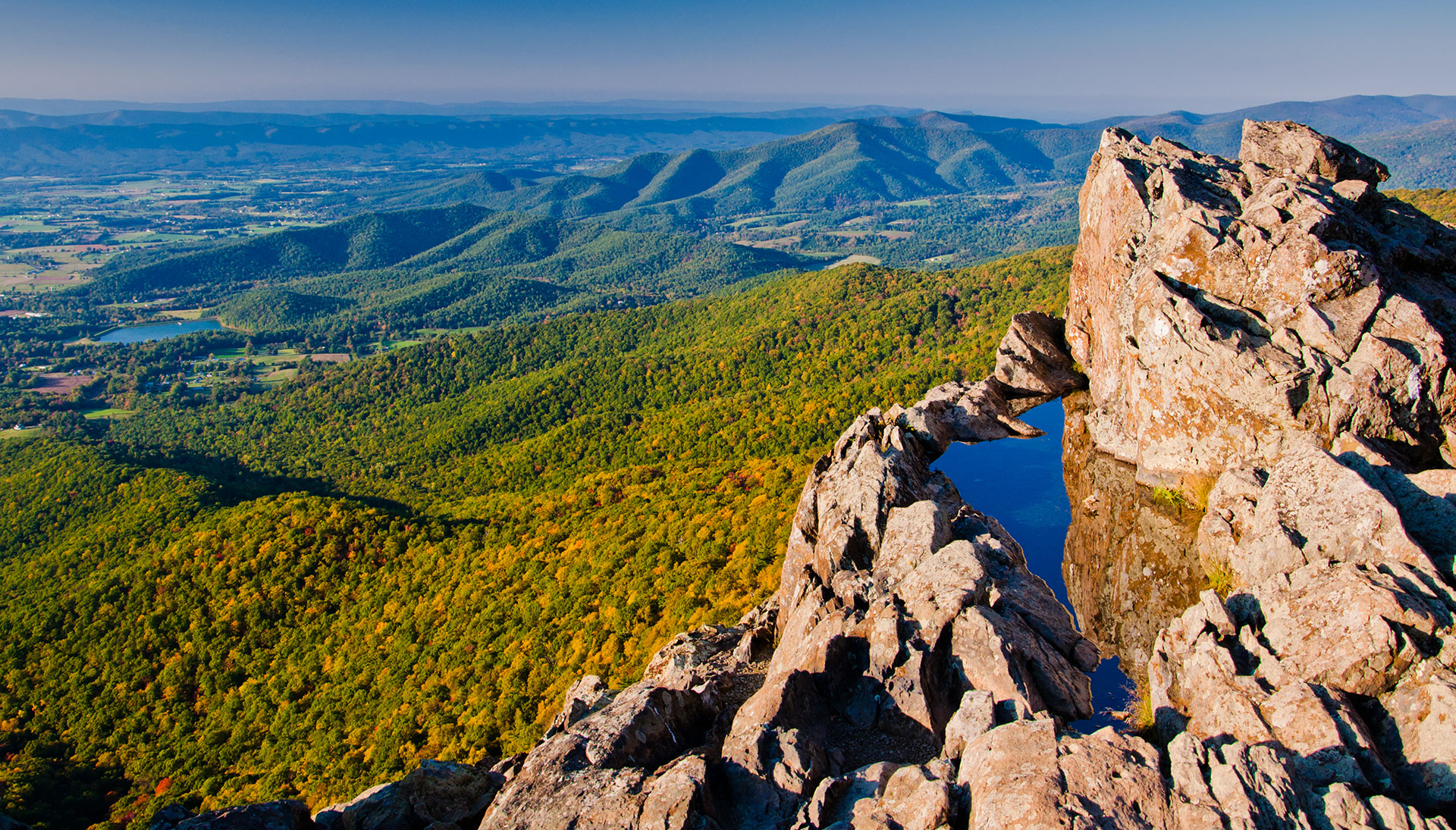Blue Ridge Mountains
Blue Ridge Mountains
Blue Ridge, also called Blue Ridge Mountains, is a segment of the Appalachian Mountains in the United States, extending southwestward for 615 mile from Carlisle, Pennsylvania, through parts of Maryland, West Virginia, Virginia, North Carolina, and South Carolina, to Mt. Oglethorpe, Georgia. The range, a relatively narrow ridge, is 5 to 65 miles wide, with average heights in elevation of 2,000 to 6,000 ft. Included in the Blue Ridge mountains range system are the Black Mountains, the Great Smoky mountains and the Unaka mountains of Eastern Tennessee. There are three National Parks in the Blue Ridge Mountains, The Shenandoah National Park (Skyline Drive), The Blue Ridge Parkway, and the Great Smoky Mountains National Park.
Blue Ridge Mountains History
The Blue Ridge Mountains, part of the larger Appalachian Mountain range, boast a rich history that intertwines natural beauty with cultural significance. Formed over 1 billion years ago, these mountains have been shaped by geological forces and erosion, creating stunning landscapes that attract visitors year-round. Historically, they were home to Native American tribes, including the Cherokee, who revered the mountains as sacred spaces. European settlers arrived in the 18th century, drawn by the fertile valleys and abundant resources. The region played a vital role during the Civil War, with battles fought over its strategic passes. Today, the Blue Ridge Mountains are celebrated not only for their breathtaking vistas and biodiversity but also for their cultural heritage, including music, crafts, and traditions that reflect the resilience and creativity of the communities that have thrived in their shadow.
Maryland Blue Ridge Mountains

West Virginia Blue Ridge Mountains

Virginia Blue Ridge Mountains

North Carolina Blue Ridge Mountains

Tennessee Blue Ridge Mountains

South Carolina Blue Ridge Mountains

Georgia Blue Ridge Mountains

National Parks in the Blue Ridge Mountains



